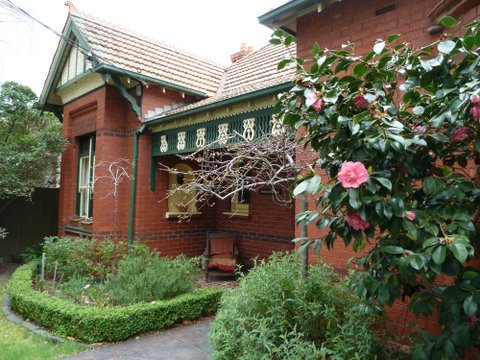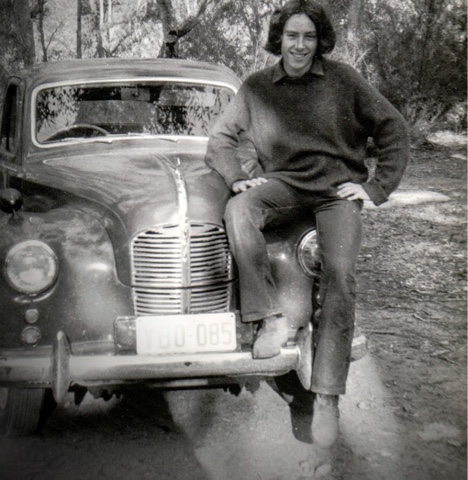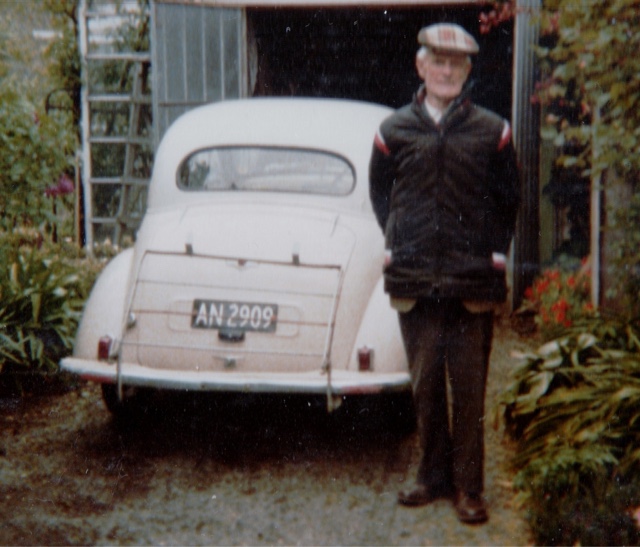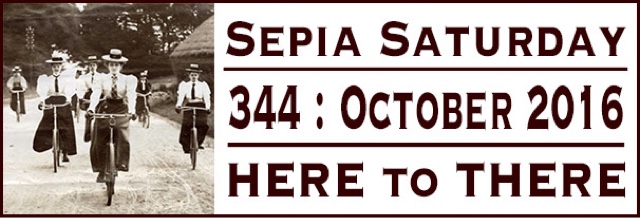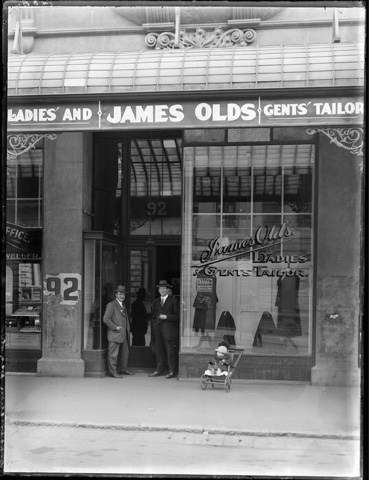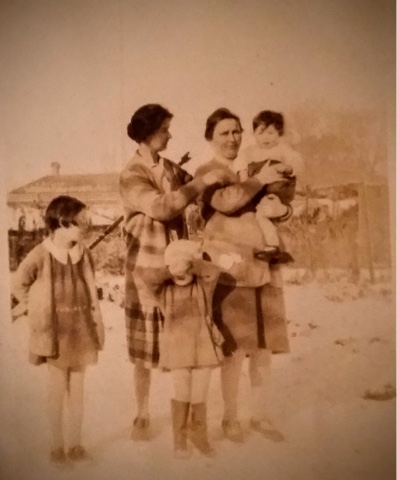When Sepia Saturday had this photo prompt a couple of years ago, I included photographs of family meals for Christmas 1988 with both sets of grandparents, who then lived in Canberra. You can read my previous blog here.
The following year my parents retired to Wamberal on the NSW Central Coast, about an hour north of Turramurra, the Sydney suburb where we lived. In the same year we also moved from a small house to a more spacious one, but still in Turramurra, and we decided that it was about time we stayed home and had our own Christmas dinner in our 'new' home. The photo below shows my parents, the children and me sitting around our newly purchased dining table for Christmas dinner, 1989. Our two younger children blowing party horns aren't sitting on dining chairs, perhaps because we couldn't trust them not to spill any food on the good chairs, or perhaps because they didn't like the feel of the upholstered seats on their bare legs. I think this must have been the first time I cooked a turkey, as up until then we had always spent Christmas at the home of one set of parents or the other. In the second photo the family is downstairs posing with the Christmas tree.
The Christmas holiday season of 1989 was marred for many people by the fact that just three days later on December 28, the city of Newcastle and surrounding areas were rocked by a strong earthquake. Sadly thirteen people lost their lives and many more were injured and/or lost their homes as a result of the widespread damage caused by the quake. We were getting ready to drive to my parents' place when we heard a loud noise, but we did not realise what it was until we heard the news later that day. My parents were already back at their home in Wamberal, which is about an hour south of Newcastle. Unbeknownst to both us and them, their house had suffered serious structural damage to its foundations which became worse over the years but was not immediately apparent at the time. My father died in 2000 and it was not until my mother decided to sell in 2005 that the house was assessed as being in a precarious state and requiring extensive repairs. Consequently she was forced to sell at a price well below market value. The house now looks very different, having been purchased by builders who were able to stabilize it and give it a complete makeover.
Out of interest, a search of newspaper articles on the Trove website revealed that earthquakes have been experienced in the Newcastle area well before 1989. One report dated 1842 refers to 4 shocks having been experienced since August 1837. You can read the relevant article here.

We are flying up to Newcastle today, from where we'll drive to our beach unit and spend a few days with our daughter and family who are visiting from London. Bush fires rather than earthquakes are more of a potential hazard these days, but fingers crossed! We then return together to Melbourne for a rare full family Christmas gathering at home with all our children and their families, and I hope our two younger grandchildren will be able to make use of these bibs that I made for our younger daughter back in 1988. I'm practically the same age now as my mother was in 1989 and whilst my parents are no longer with us, my 91 year old mother-in-law will be coming and has made us a lovely Christmas pudding.
Best Wishes to all fellow Sepians! Here's our Christmas tree, suitably protected from inquisitive toddlers, I hope!
And finally, you might enjoy seeing this Gingerbread creation in the window of a local bakery, which will be donated to a children's charity or hospital. Santa is motorized and climbs up and down his ladder, although he never actually delivers. The sign says it took 60 hours of work, 50 kg of gingerbread, 15 kg of icing sugar, 5 pastry chefs ... and a partridge in a pear tree!
